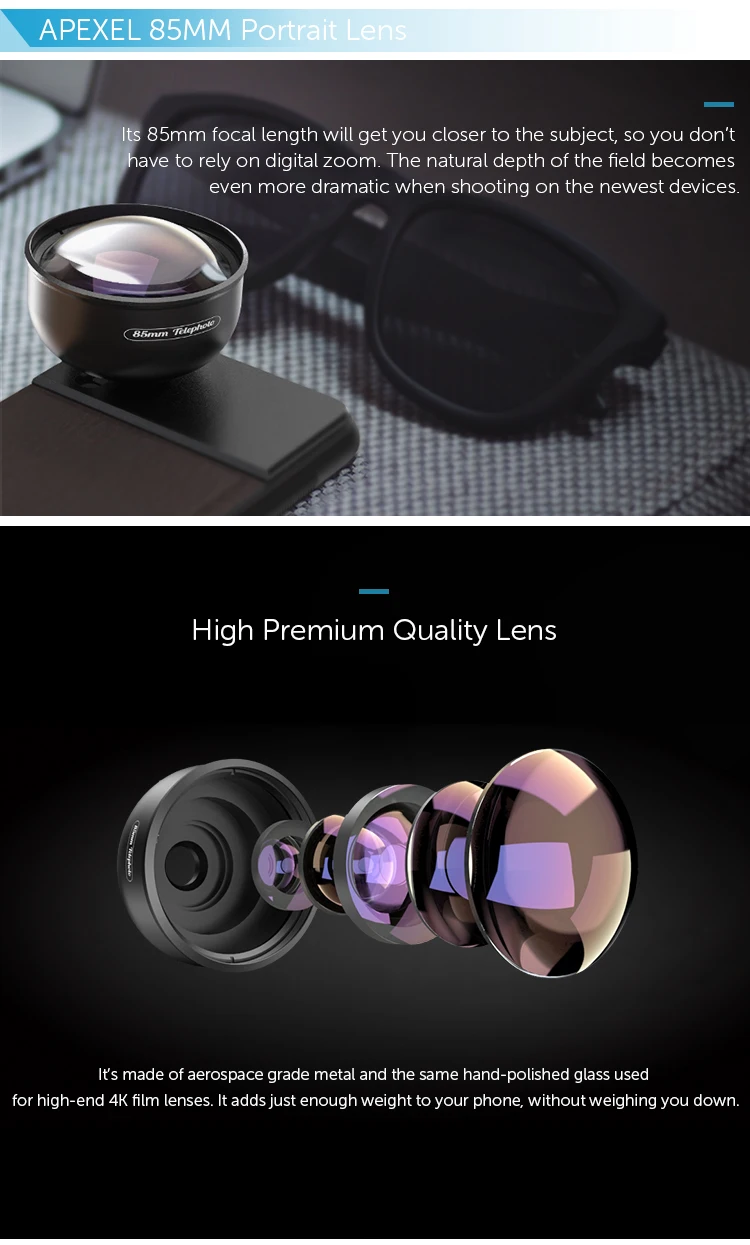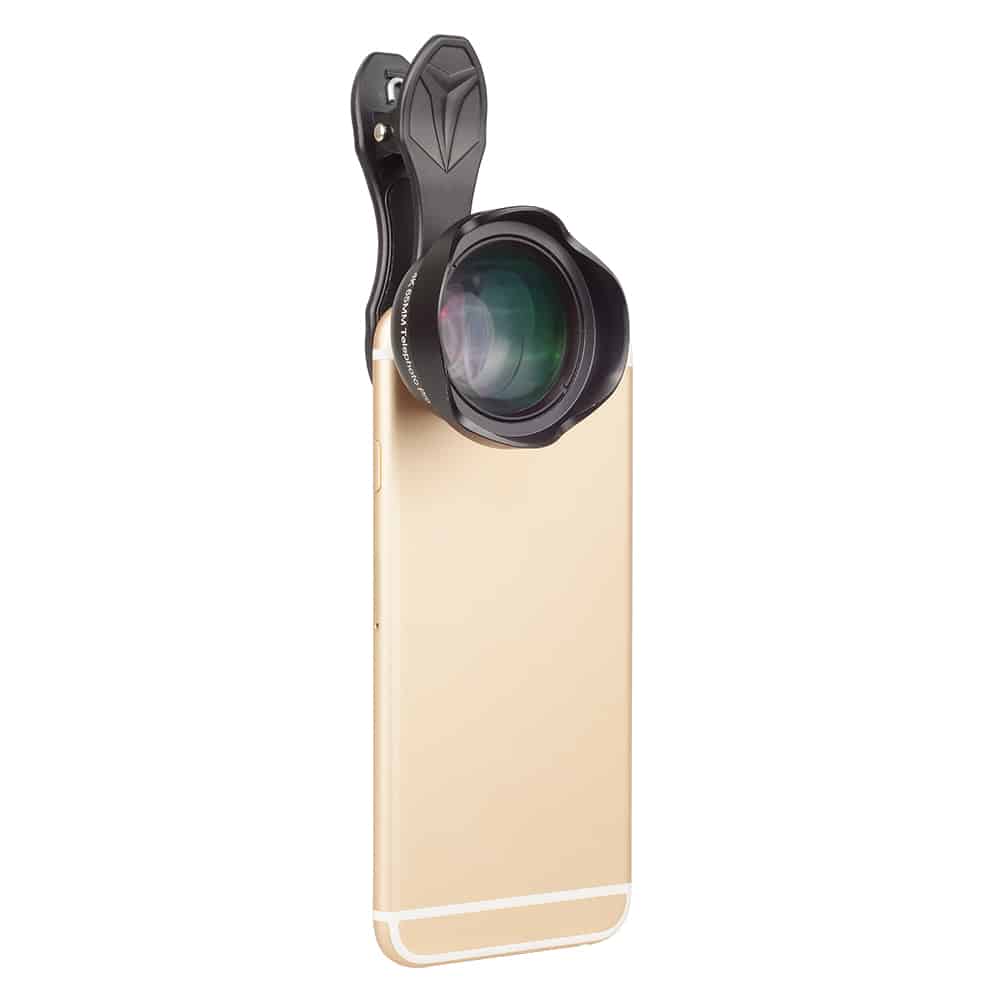

Invert Z: Allows inverting the range of the Z Map image. Z Channel pop-up: Used to select a channel from the layer that is used as the depth map image with the following options:

Z Layer pop-up: Used to select the layer that is used as the depth map image. Mask Defocused Pixels: Displays a ruby red mask which is overlaid on the main image showing the pixels that are out of focus.View Z Map: Displays the Z-Map input image.View Focus Map: Displays the current state of the depth of field image.Off: Default, the Z-Map function is disabled.Mode pop-up: Used to set the mode of the Z-Map function: Iris Rotation: Used to rotate the angle of the iris.īokeh: Used in conjunction with the Iris Shape pop-up to define the shape of the out of focus highlights.īokeh Shading: Used to set the level of shading of the inner region of the highlights.Ĭontains parameters to enable and control Z-Depth compositing within the filter. Positive values produce rounded shapes, negative values produce diamond shapes. Iris Curvature: Used to control the iris shape. 3 - 16 Sides: Sets the number of sides representing the number of shutter blades in the lens.Circle: Generates circular highlights (lens at maximum aperture /wide open).Iris Shape pop-up: Used to control the iris shape. View Iris checkbox: When checked, displays the iris shape on a black background.Ĭontains parameters to control the shape and look of the generated highlights. Gamma: Used to control the image highlight gamma. Scale Y: Scales the highlight along the Y axis only.īlur Alpha: Controls whether or not to blur the alpha channel along with the RGB channels. Scale X: Scales the highlight along the X axis only. Iris Scale: Used to set the size of the highlight blur effect.

Quality pop-up: 3 way pop-up containing options that affect the edges of the generated highlights.

It provides several variations on basic split-screen views with the filtered clip placed next to the unedited original.įor more information on the Compare Mode, Click Here. The BCC Compare Mode provides a convenient mechanism to compare the effect result with the original source layer.
#Pro lens blur plus#
The BCC Fast Lens Blur filter also includes a comprehensive depth of field (Z-Depth) option, whereby a separate image can be used to control the depth and position of the focus field.īCC filters come with a library of factory installed presets plus the ability to create your own custom presets and preview them with the BCC FX Browser™.īCC filters also include common controls that configure global effect preferences and other host-specific effect settings.įor more information about working with presets and other common controls, Click Here. This pleasing optical result is referred to in photographic terms as Bokeh. This filter includes a pop-up that can be used to match the different looks that can be achieved in the physical world based on the lens aperture setting. When a lens is used at it’s maximum aperture (fully open / set to the smallest f stop number) the out of focus highlights are typically in the shape of a circle, however, when the lens is stopped down (set to something other than the smallest f stop number) the blades inside the lens shape the out of focus highlights into multi-sided shapes. BCC Fast Lens Blur uses OpenCL to emulate a lens blur defocus/rackfocus effect where out of focus highlights of an image clip take on the shape of the lens diaphragm. In other words, it is subtle compared to Gaussian blur.BCC Fast Lens Blur is a 100% GPU accelerated replacement for our original BCC Lens Blur. On the other hand, Lens blur is preferable if you want to achieve a creamy blur effect. It offers a massive amount of control over the effect. When it comes to blurring control Lens blur has the upper hand. It brings out the foreground into emphasis and blurs the background. In terms of Lens blur, it achieves a bokeh effect of shallow depth of field. One thing to remember about Gaussian blur is that it implements greater blur intensity which could decrease the sharpness. It can make a text, object, or person stand out by softening the image. This blur effect helps you effectively minimize the photo's noise, especially when the photo is too busy. It is a low-pass filter that involves cutting out the extreme outliers to achieve even pixel values. Gaussian blur basically softens everything out in a photo. Therefore, please read the paragraph below if you want to understand Gaussian blur vs. Mainly, we will discuss the basics of both effects of filters. This part will focus more on differentiating Gaussian and Lens blur effects.


 0 kommentar(er)
0 kommentar(er)
